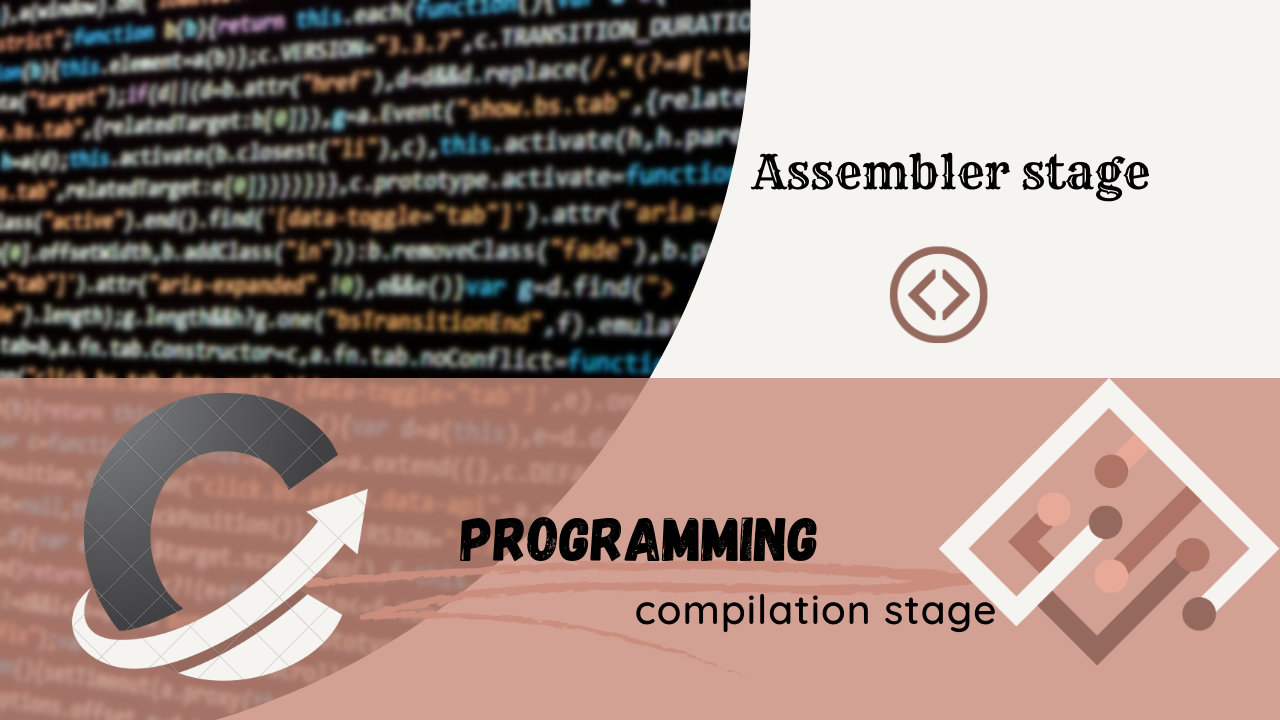
Assembler stage in c
Assembler Stage in C
Introduction
- The assembler stage is a crucial step in the process of converting human-readable code into machine-executable instructions.
- In the context of the C programming language, the assembler stage plays a vital role in the compilation process.
Understanding the Assembler Stage
-
Source Code:
- The process begins with the creation of the source code, written in a high-level programming language like C.
-
Preprocessing:
- Before compilation, the source code undergoes a preprocessing stage.
- This involves handling directives like #include and #define, among others.
-
Compilation:
- The preprocessed source code is passed to the compiler, which translates it into assembly code.
- The compiler analyzes the syntax and semantics of the code and generates assembly language instructions.
-
Assembly Language:
- Assembly language is a low-level representation of the program.
- It uses symbolic instructions that correspond directly to machine code instructions.
-
Assembler:
- The assembler is a program responsible for converting assembly language code into machine code.
- It translates mnemonics and symbols into their corresponding binary representations.
-
Object Files:
- After successful assembly, the assembler produces an object file.
- This file contains the machine code instructions in a format that can be linked with other object files.
-
Linking:
- The linker takes multiple object files and combines them into a single executable file.
- It resolves references between different parts of the program.
-
Execution:
- The resulting executable file can be run on a compatible machine, executing the instructions in the program.
Benefits of Understanding the Assembler Stage in C
-
Optimization Opportunities:
- Understanding the assembler stage allows for optimizing code at a lower level, improving performance.
-
Debugging Proficiency:
- Familiarity with assembly language aids in debugging and diagnosing issues at a deeper level.
-
Portability and Compatibility:
- Knowledge of the assembler stage helps in writing code that is compatible with specific architectures.
-
Embedded Systems Programming:
- In embedded systems programming, knowledge of assembly language is often necessary for efficient resource utilization.
Works of Assembler
There is one work by a Translator
Convert Assembly to upcode
The input of the Translator is .s
the output of the preprocessor is .o
Code to compile the Translator stage
cc -C File_name.s -o File_name.oConclusion
Understanding the assembler stage in C provides valuable insights into the inner workings of a computer system. It empowers developers to write more efficient and optimized code, making them better equipped to tackle complex programming challenges.

